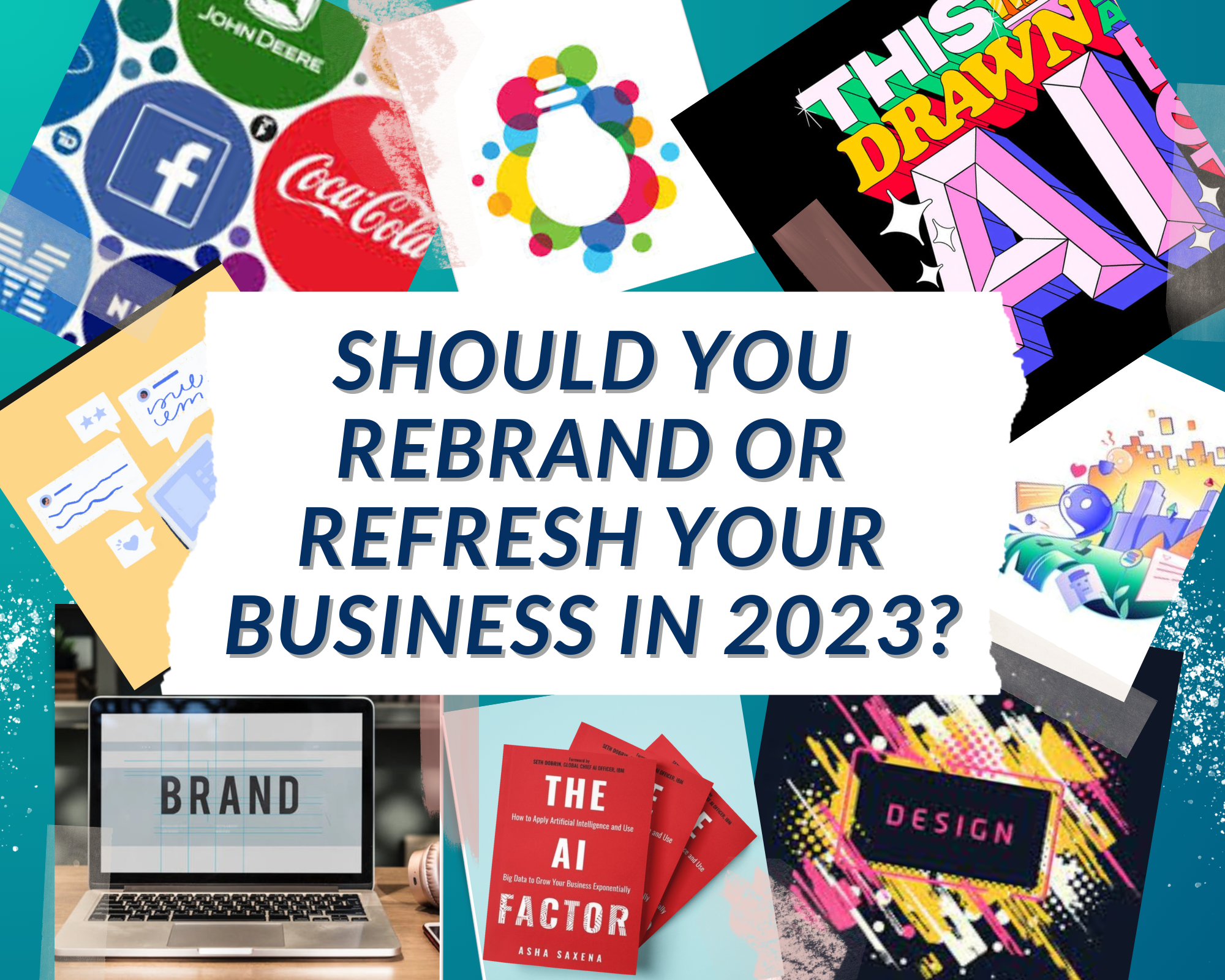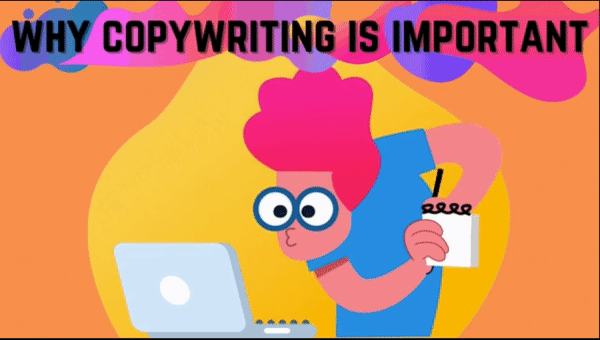In the same vein as the internet foundation it was built upon, the world of digital marketing has made significant advancements in recent years. Marketing and advertising have since moved away from making consumers mere spectators or reducing them solely to analytic components. Instead, the top priorities of savvy digital marketers are building relationships and community, and what better way to make that happen than employing various channels such as SEO, social media, content creation, or an in-depth understanding of the customer journey and how it correlates with the marketing funnel? We’ll further explore how you can use the best strategies digital marketing offers to put your business’s best foot forward.
Table of Contents
SEO Moats

Moats are a concept that was ditched in the medieval ages, right? That is quite the contrary. Moats are no longer just for tall and elaborate European castles and the Monarchs that used to reside within. The concept of moats has since integrated itself into the business and tech world. American business magnate and investor, Warren Buffet has since added a new spin to the term. According to investopedia.com:
“An economic moat is a metaphor that refers to businesses being able to maintain a competitive advantage over their competitors in order to preserve market share and profits. Any method that a company uses to maintain a competitive edge can be considered an economic moat.”
Ever since Buffet popularized the economic or business moat, many major brands such as Facebook, Amazon, Uber, and Starbucks have taken advantage of this concept to strengthen and sustain their presence in the marketplace.
Like any other word in the lexicon, the term has since evolved to adapt and take on other definitions and different contexts, including SEO and Content Marketing.
SEO, alongside Content Marketing and Paid Ads, is a Holy Trinity in digital marketing, so its advantages are well-versed. However, marketers are constantly building upon tried and true techniques, and in turn, developing the SEO moat.
As a brand, establishing an SEO moat is a way of asserting dominance in SERPs or Search Engine Result Pages. By heavily utilizing keywords in your particular niche, not only does organic traffic to landing pages increase significantly, Google also recognizes you as an authority on information relating to your brand or area of expertise.
Airbnb is a great case study on SEO moats. The COVID-19 pandemic had shut down the travel and hospitality industry, and Airbnb sought to make up for lost revenue without spending a ton on marketing – this means almost forgoing paid ads or other forms of performance marketing. Doing so, they managed to forge a 5 million keyword SEO moat. This resulted in prominence in the top three spots in SERPs for specific keywords entered by users.
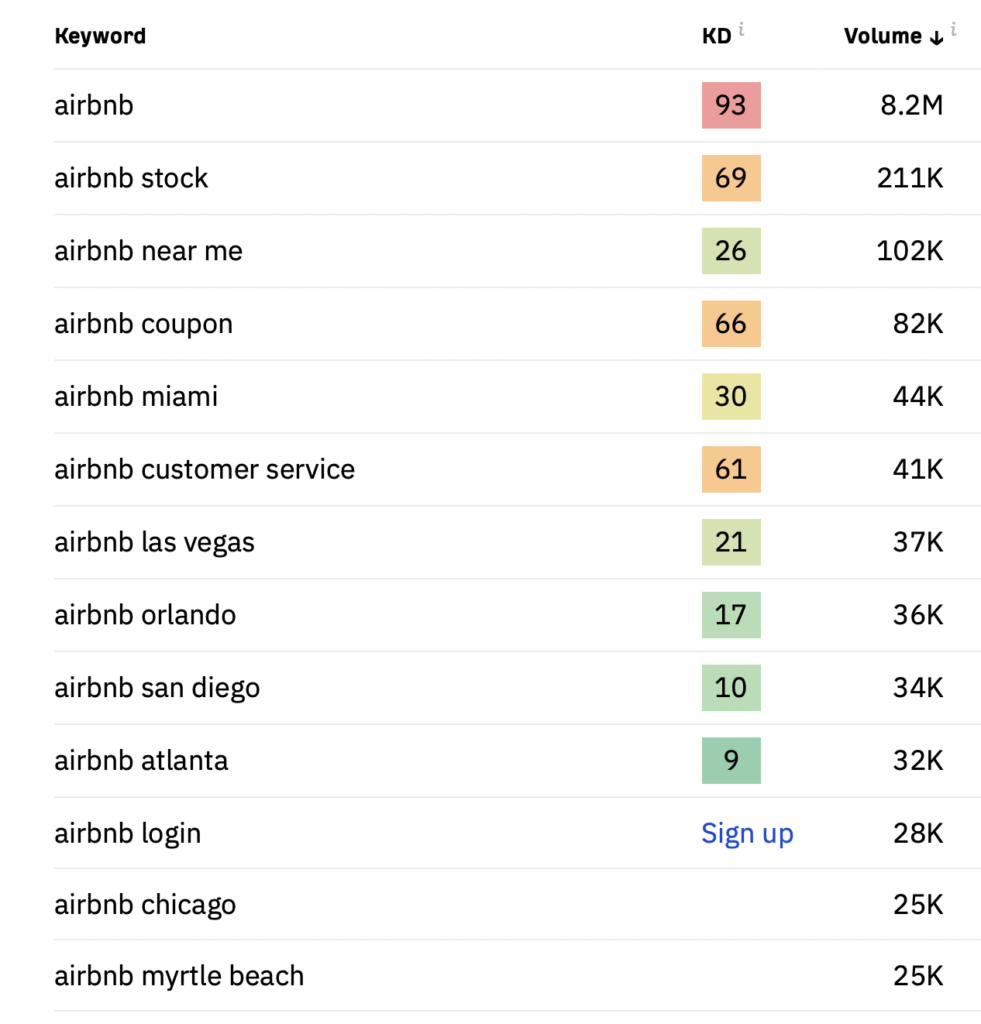
A clever strategy they also implemented alongside creating a massive SEO moat is aggregating user-created content on their landing pages – Airbnb postings that target visitors with the particular locations or amenities entered in search engines.

As an aptly named digital marketing strategist, building SEO moats is an extremely effective line of ‘defense’ from the competition.
Backlinks Can Open Up Doors
Backlinking is another Search Engine Optimization strategy that does wonders for website traffic and SERP rankings. In layman’s terms, backlinking is attaching an external link to a site that will transport users to a different webpage.

Backlinking, or Inbound Links as it’s also known, can help you score big if a link to your site is attached to websites considered to be authoritative and reputable by Google. The co-sign from these host sites is like a stamp of approval; Google deems your content quality material, which bolsters your Search Engine presence.
Oftentimes, publishers will come across and aggregate outside content they feel ties into the topic they plan to write or resonates with their readers. However, you don’t want to solely rely on chance to make that happen; you’ll have to apply proactive measures.
Ensuring that your content is top-notch is essential. Do you research your market and study your competitors? Do you compliment your pages with various forms of media such as images, videos, graphs, etc? If done properly, a site can establish itself as a trustworthy and informative resource on a particular topic.
From there, you’ll want to convince other publishers of the same. This is considered outreaching. Properly networking with content creators, publishers, or marketers can help you get a link on their sites. The most effective way to outreach is to first compile a list of reputable sites you wish to work with – remember, you want that stamp of approval from Google.
From there, make them an offer they can’t refuse. For instance, offer to write a guest blog about a subject that pertains to the publisher’s site. Or you can reach out to journalists and build content from newsworthy information and how it may affect a particular demographic or industry. Their credibility in turn makes you a credible source as well.
HARO, or Help A Reporter Out, is a collective space where content creators can seek out sources and or present themselves as one.
The employee review website, Glassdoor is a monster with backlinks, accumulating a staggering 3 billion backlinks from over 260,000 domains since its inception in 2007, according to Foundation Inc.
How did they make this happen?
By providing journalists with data-backed research findings that they craved. A notable study that was referenced by various media outlets and politicians such as Hilary Clinton, is ‘Demystifying the Gender Pay Gap’.

To sum it up, people love unearthing educational and informational content. Put your best foot forward by providing them with quality content they’ll want to share with the rest of the world.
Freebies!
People love freebies, that’s a fact of life. If I were to tell you that giving away free resources would help your business instead of hurt it, would you believe it?
Of course you would. Have you ever made a purchase or at least made an effort to learn more about a brand because you received a free sample?
Now, what if those freebies were extremely useful to your day-to-day and professional endeavors? In this case study, let’s delve into how Shopify managed to score 332,000 subscribers on Youtube, $41.60 billion in market capitalization; over 55 million regular visitors, and, most importantly, over a billion backlinks.
Let’s comb through some of Shopify’s arsenal of free tools. They include:
- Calculator
- Logo Maker
- Domain Name Generator
- Paystub Generator
- Business Card Maker
- QR Code Generator
- Barcode Generator
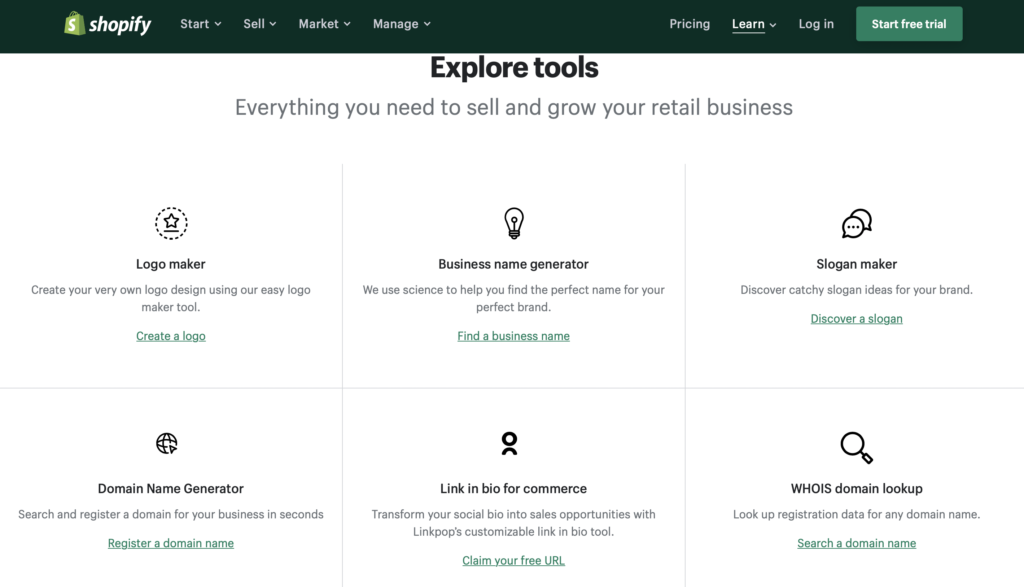
Shopify chose to deviate from the norm of regular digital marketing, such as content marketing, and focus on creating a wide array of utilities that their consumers, mainly small business owners, will find useful.
What is the idea behind this phenomenon? Giving away free content and tools taps into the mid and latter stages of the marketing funnel.
Think of it this way: someone comes across your brand through a paid ad, a backlink, or word of mouth. They are then led to a homepage or landing page where they are exposed to the free resources you’re offering and other products and services they can use in conjunction. There is not only an opportunity to generate leads and turn them into conversions but to turn one-time consumers into loyal customers.
Establishing yourself as a valuable asset before the consumer makes a purchase is optimizing the digital marketing funnel to its full potential.
Long-Tail SEO
As noted above, SEO is constantly evolving and many digital marketing strategists are taking advantage of techniques that were once overlooked; and Long-Tail SEO is one of them.
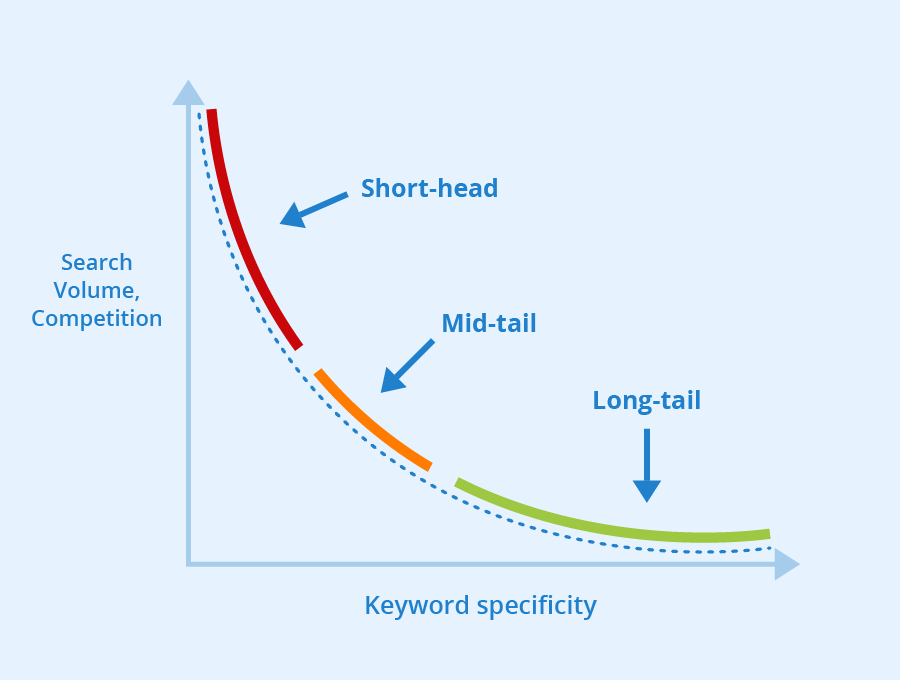
Long-Tail SEO typically uses three or more words – usually phrases. For example: “Best cakes in Jersey City.”
Long-Tail SEO keywords don’t receive as many searches as their shorter counterparts, so it may seem like a waste of time and effort, but fortunately, competition is not as fierce. Another plus side is that the lack of competition means higher conversion rates.
Also, the very specific nature of these phrases narrows search intent.
Voice AI recognition devices such as Alexa, Siri, and Google Home are built to process Long-Tail SEO phrases such as “Where can I buy the best cakes in Jersey City?”
The best way to further your understanding of Long-Tail SEO and eventually implement it in your digital marketing campaigns is to type a few words that pertain to your business or profession in the Google search bar and take note of what suggestions autocomplete yields. You can then branch out to other search engines like Bing.
From there, you can form your own strings of keywords that flow naturally and add them to your copy.
Amazon is the most notable example of a brand that has seen major success from using Long-Tail SEO. According to digital marketing maven, Neil Patel, Amazon makes a handsome 57% of its sales from Long-Tail SEO.
Those kinds of results are not fetched, not because Amazon is an e-commerce conglomerate, but because consumers are very specific when shopping for a particular product. They are just as specific when leaving in-depth reviews on said products.
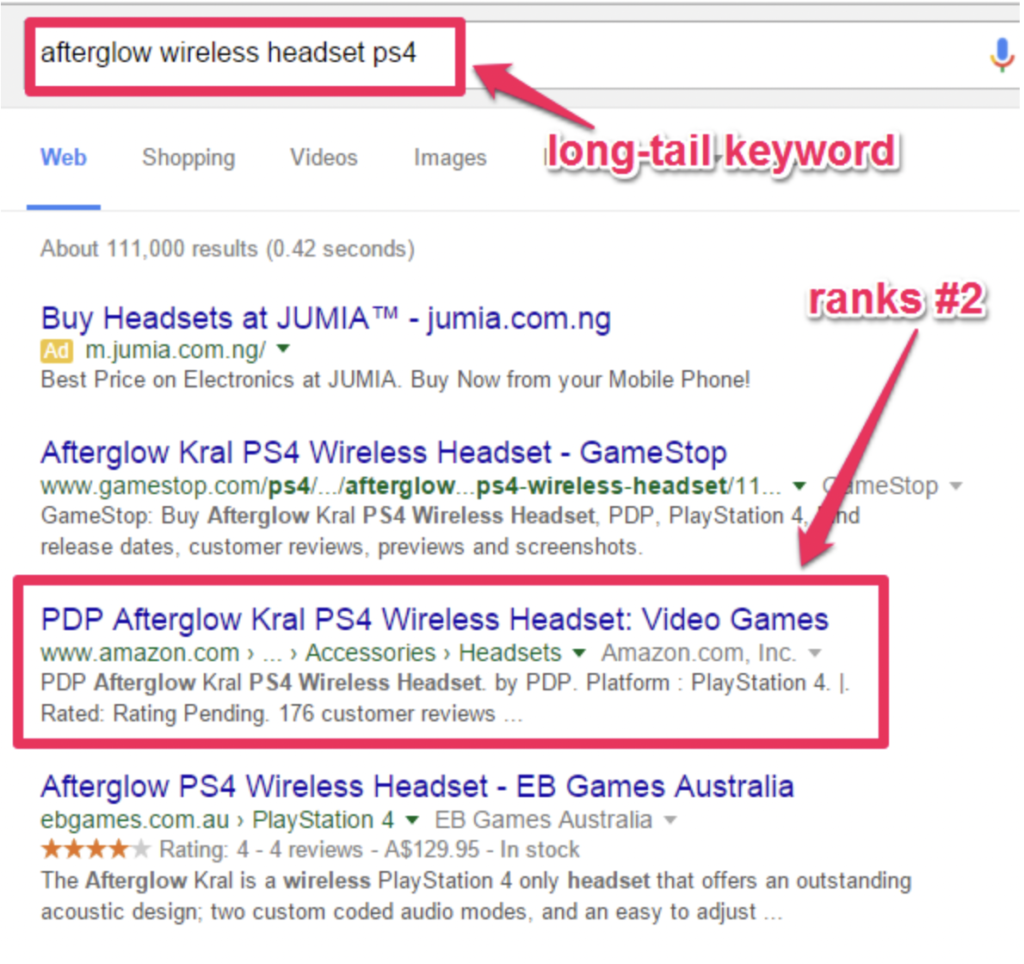
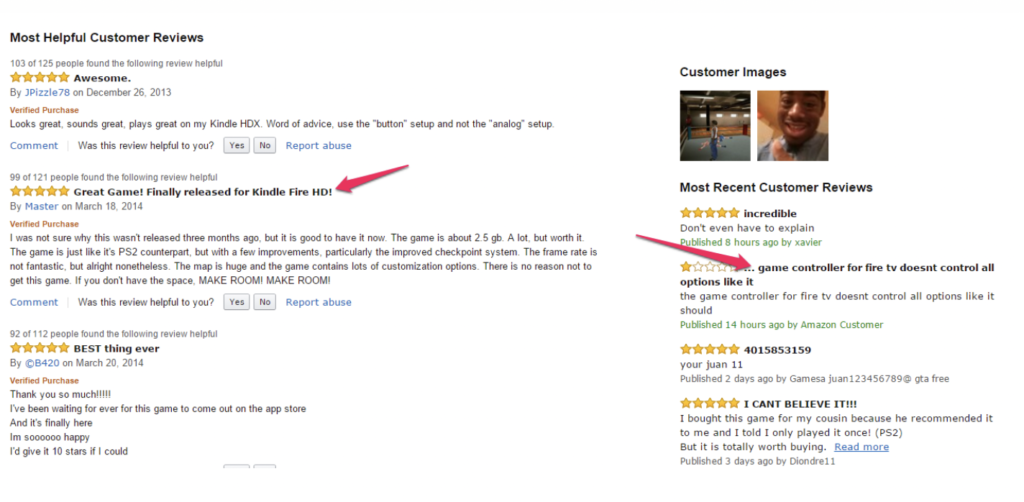
Topic Clusters
Topic Cluster Models are a great way to establish yourself as a leading authority on a particular topic.
Structuring your content as a pillar – also known as a pillar page- not only makes navigating a site easy for visitors, but it also makes it easier for Google to index.
Topic cluster models usually contain three elements: the aforementioned pillar pages, topic clusters, and internal links.
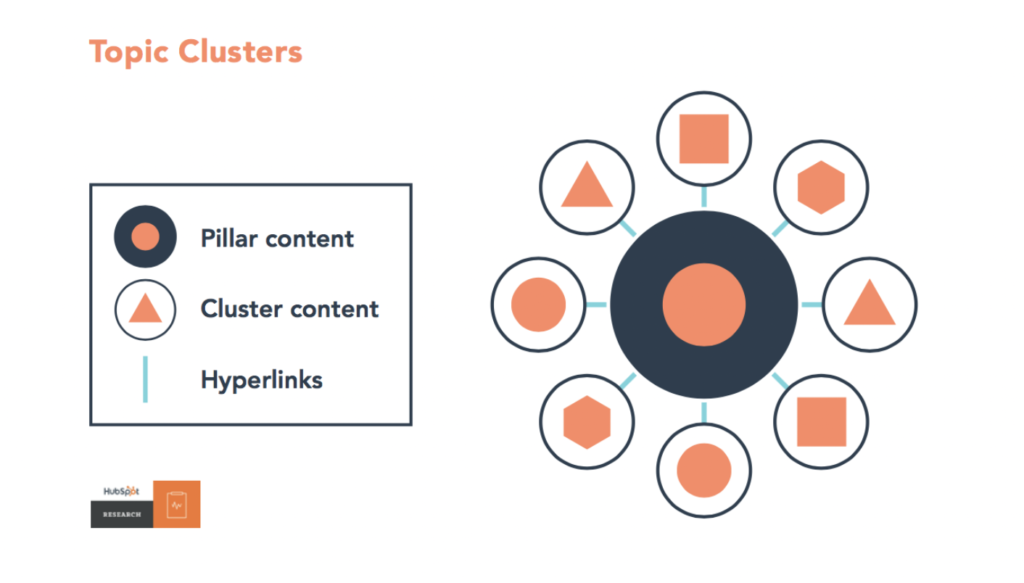
Let’s further break down pillar pages and their purpose. Pillar pages are essentially long-form content that provides an in-depth look into a specific topic. Pillar pages then branch out into comprehensive subtopics.
In order to be ranked by Search Engines, it’s vital you write content that not only visitors are interested in but also provides answers to any questions they may have. The best way to determine that is to see if your topic cluster of your choosing has keywords that you plan to use that receive a reasonable monthly search volume.
Once you have written about your subtopics in breadth, they must all be attached by internal links (or hyperlinks) that trace back to your pillar pages.
One site is the epitome of topic clusters while also being the second most visited site in the world with over 31.3 million ranking keywords and a Moz rating of 98 in domain authority. Can you guess what site we’re referring to?

Community-Based Marketing
Consumers want to be treated as people – not a number. Many marketing strategists and companies have caught on to this sentiment and are using the ultimate tool – the World Wide Web.
We’ve seen time and time again inspirational, poignant, and even humorous circumstances on the internet that have brought people together. Why not use the power of community aside from likes, comments, shares, and user-generated content to drive sales and secure customer loyalty?
Community-based marketing is best defined as using a platform to connect and communicate with specific audiences while sharing common core values.

Establishing a marketing strategy that revolves around community is a very delicate process since building relationships with your target audience and gaining their trust takes time and commitment. However, the payoff is well worth it. There are several perks that come with community-based marketing and they include relevancy, brand authenticity, enhanced customer experience, and most importantly, buzz built by word of mouth.
Let’s take a look at Starbucks. Starbucks is pivoting from brick-and-mortar stores and social media platforms to establish ‘The Third Place’ – an online community that centers itself around coffee first and foremost but also introduces areas of creative expression that are commonplace in physical coffee houses, such as art, music, and books.
The concept of ‘The Third Place’ delves deeper. Also known as ‘Starbucks Odyssey’, Starbucks will be one of the first major companies to integrate NFTs (or Non-fungible Tokens) into their online community.
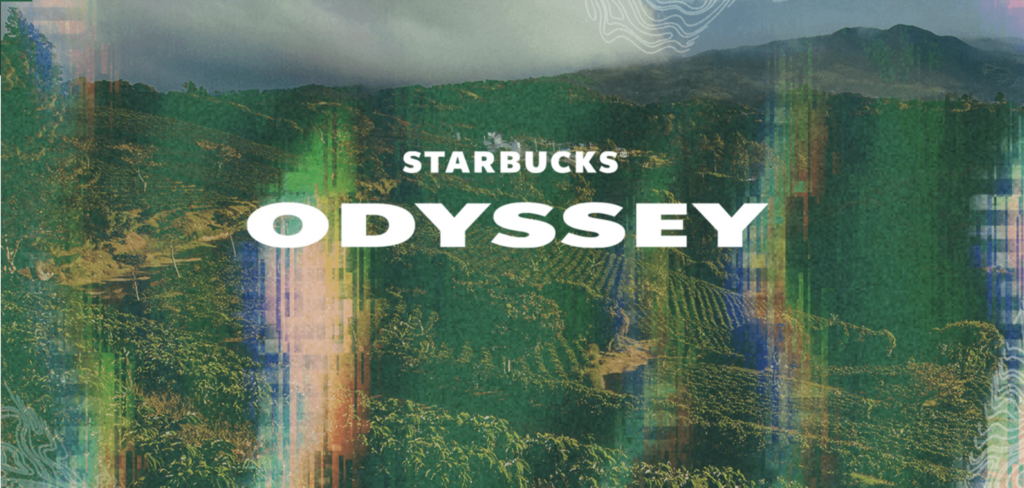
In the digital community, users are invited into an immersive world where they can participate in “journeys”, where they can play games or engage in activities that result in being rewarded with “journey stamps” or NFTs. NFTs can also be bought and sold as well.
The collectible NFTs are assigned a point value, and if enough are accumulated, members can redeem them for awesome perks and rewards, such as virtual espresso martinis-making classes, exclusive merchandise, artist collaborations, tours at Starbucks Reserve Roasteries or its designated coffee farm in Costa Rica!
Starbucks and other like-minded companies under the power community have their brand and image; uniting people over their love of a product or service and shared values and interests.
In Conclusion
Digital marketing has evolved at an exponential rate in recent years with help from the internet. While analytics play a huge part in gauging the success of marketing strategies, you want to center your efforts on not just visibility but also fostering relationships with your demographics since the ROI will be your favor.

